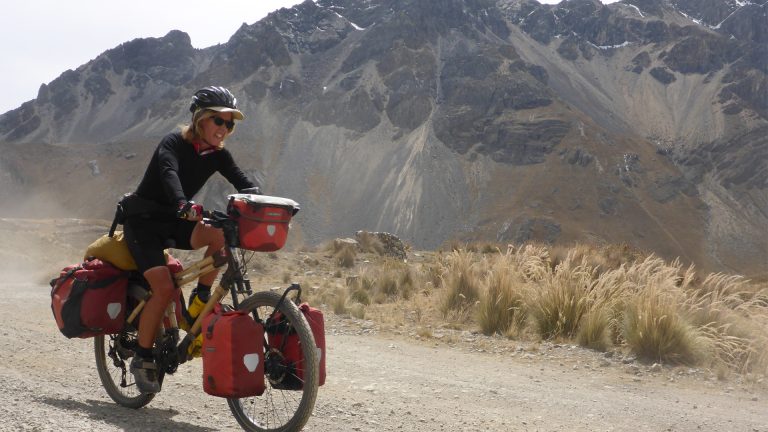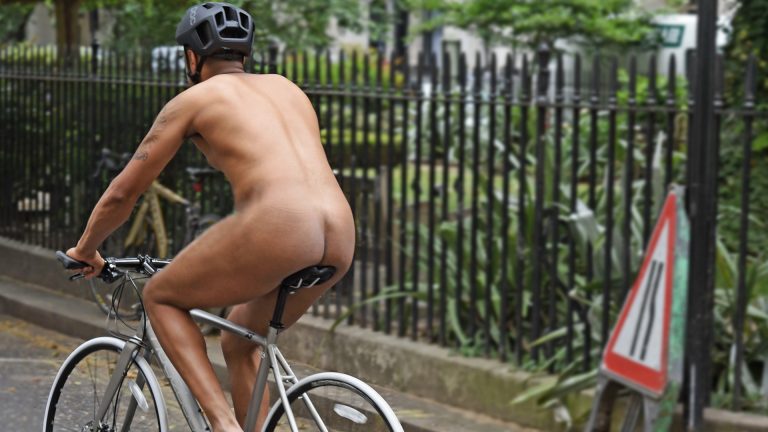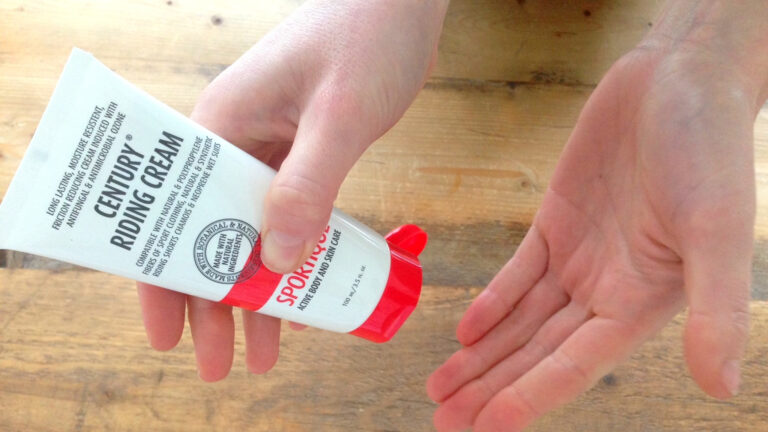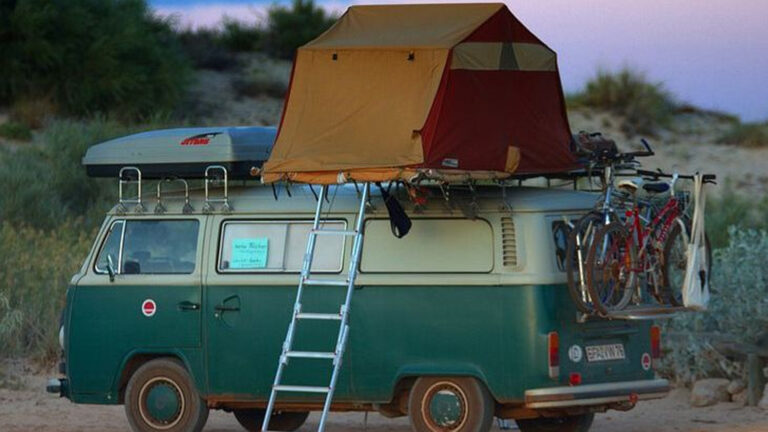Jo Somerset provides some top tips on how to maintain the habit of cycling with teenagers.
My 16-year old turned up at our house last night on her bike unannounced. It’s 5 years since she rode a bike. She’d cycled 4 miles along the busy dual carriageway, got frightened, and at one point rode facing the traffic but was soon put right by a stream of time triallists out for their evening spin.
She hadn’t told anyone what she was doing and secretly she was really pleased with herself for having sorted this all out and done it herself. I sent her back to her Mum’s with a jacket (why do teenagers always go out without a coat?) via the back road.
ANDY, Marketing Manager at BikeRight!
Helping children learn to travel independently and giving them the means to do this for free is part of parenting. In secondary school, teenagers like nothing more than having a few more minutes in bed because it’s quicker to cycle to school than to walk or get the bus.

The health statistics for today’s youth are pretty startling – they are far more likely to have a premature death from heart disease or other conditions caused by physical inactivity than from a cycling accident. I find this a strong incentive, coupled with the extreme frustration of living with expert loungers and couch potatoes, to tell my youngsters while pointing to the bike in the hall,
Get off your backside and get there yourself!
It is only fair to provide them with a decent bike, lock and lights, whether it’s a new one for a birthday or a hand-me-down. We also persuaded a couple of our kids to attend a bike maintenance workshop. When you find the batteries missing from the remote control, remember it’s more important that your child’s bike lights are working. That is the one issue we constantly had to remind our children about: “Switch your lights on!” we yelled as they left the house in a black hoody and black jeans.
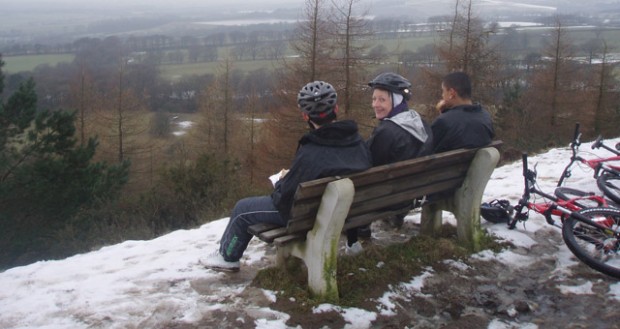
For some young people their bike is their pride and joy, but others will treat it as casually as the jackets that have been left on buses or musical instruments that turn up months later at a friend’s house. This is a tough one, because if you give them Grandad’s ancient machine, it won’t be cool and the shame factor might stop them riding altogether. There will always be HUNDREDS of friends who’ve got a MUCH BETTER bike. The best thing is to go for the middle option and provide a bike that’s sturdy, relatively cool but not too shiny and attractive that gets robbed on its first outing.
Tip – keep a spare key to their lock. You know why.
Bear in mind that these bikes are going to be left for days at a time at random friends’ houses or neighbourhood bike racks as your teenager’s crowd roams from house to pub to town centre then back to someone else’s house before falling asleep in a heap – only to wake up in the morning wondering
Where’s my bike?
Like most mums I learnt that with teenagers you choose your battles. Ideally you make things feel like their idea. Colin, one of BikeRight!’s senior instructors, finds with his girls that they think cycling just isn’t cool;
I’ve provided all the equipment, they’re really competent, but just don’t want to do it. I’m now waiting for the idea to come from them. I know they’ll take up cycling again when they go to university and have to pay for their own transport.
I like Andy’s approach. Rather than “Take those earphones out!” because you know they’ll go straight back in round the corner, try suggesting “Just one earphone.”
Thousands of teenagers – and Al, BikeRight!’s overgrown teenager – frequent BMX tracks day and night. They get their adrenaline fix on ramps and half-pipes, perfecting turns, bouncing up with hardly a bruise when they hit the deck. BMX-ing is the height of cool. It looks uncomfortable to me, but the bike rack at the school where I’m a governor is stuffed with BMX’s, so that’s young people doing it their way.
BikeRight! has also taught mountain biking skills to teenagers, many from troubled backgrounds. Liz Clarke, Managing Director, says
It builds self-esteem and skills, it’s tough but they can master it, so it’s just the right sort of thing for a young person. They’ve got to do it all themselves, so the sense of achievement they get is very deep.
A day out at a mountain biking centre like Llandegla in Wales or Whinlatter in the Lake District gives the thrills, spills and hills that match the temperament of anyone with youthful innocence and chaotic hormones – girls and boys alike. You can hire all the kit you need at these places, and there are regular courses to learn some of the basic skills to get started.
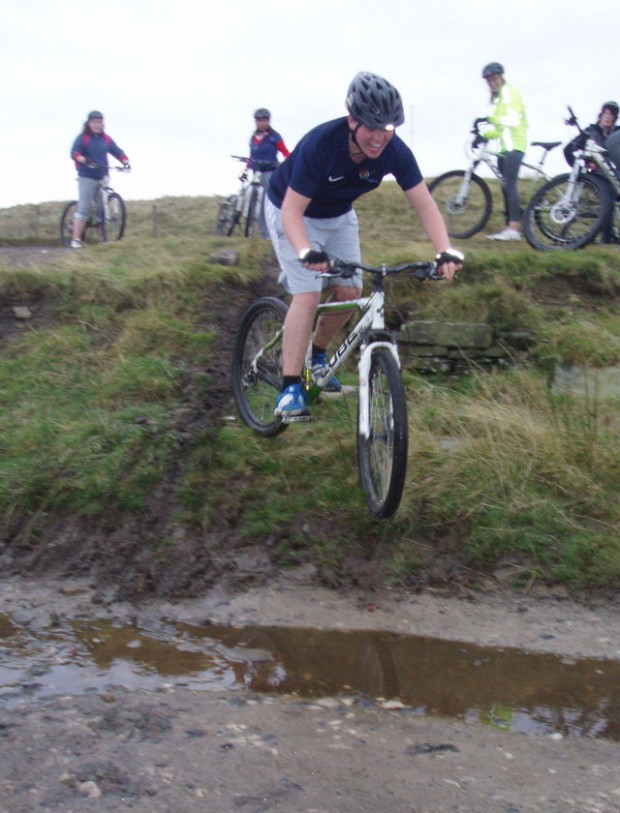
“Just don’t start on the helmet debate. It’s rare for teenagers to carry on wearing a helmet around the neighbourhood,” says Liz, speaking as a parent as well as a cycling expert.
Many people make the mistake of thinking a helmet is a life-saver, but it’s only another layer of protection. In busy road conditions knowledge of how to position one’s bike and move within the traffic is the thing that’s going to provide most protection – what they learned in primary school Bikeability training.
The outlook for our sons’ and daughter’s life expectancy can be radically improved if they stay active during their teenage years. Using skill, cunning, persuasion and varying doses of tough love during those crucial seven years, parents can influence this significantly. But don’t expect any gratitude.
19-year old Jack, our youngest, like all our children has carried the habit into adult life “Yeah, I just cycle innit?”

